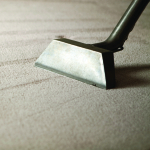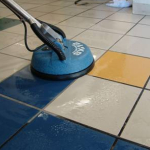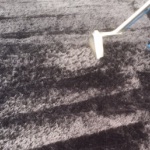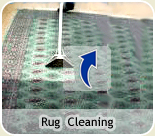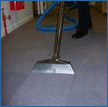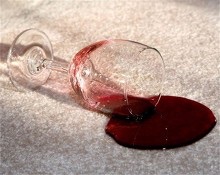General Q&As about dust mites
What is a dust mite?
- Carpet cleaning - our professional carpet & rug cleaning service (inc. stain removal & sofa cleaning) - we can also kill dust mites
- Pet urine cleaner - if you suffer from cat urine, dog urine or any other pet urine problem
- Tile & grout cleaning - inc. restoring Natural Stone, e.g. Limestone marble, travertine, slate terracotta, sandstone...
The house dust mite (Dermatophagoides pteronyssinus in Europe and Dermatophagoides farinae in North America), sometimes abbreviated by allergists to HDM, is a cosmopolitan guest in human habitation. They are considered to be one of the most common causes of asthma worldwide.
What does it look like?
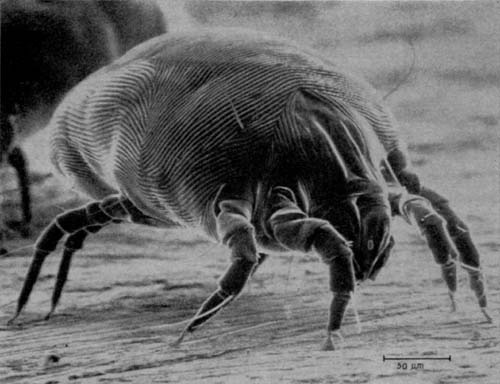
Both male and female adult house dust mites are globular in shape, creamy white and have a striated cuticle. The female measures approximately 420 micrometres in length and 320 micrometres in width. The male is approximately 420 micrometres long and 245 micrometres wide. A member of the phylum Arthropoda, post-larval stages of house dust mites have eight legs; larval stages have six legs.
What is the average life cycle of the dust mite?
The average life cycle for a male house dust mite is approximately 19-30 days while a mated female house dust mite can live for up to two months, laying eggs for the last 30 days of her life.
Where do dust mites live?
The dust mite thrives in the modern environment of fully-carpeted, double-glazed, draft-proof homes, and is comfortable at 25 degrees Celsius (77 degrees Fahrenheit) and 75% relative humidity. Temperatures of over 60 degrees Celsius (140 degrees Fahrenheit) for a period of one hour are fatal to dust mites; freezing is also fatal. The mites are particularly common in mattresses, carpets and bedding.
Are dust mites harmful?
House dust mites do not bite or sting. The mite generally lives on shed human skin cells, which are pre-digested by the fungus Aspergillus repens. An average person sheds about 1.5 grams of skin a day (approximately 0.3-0.45 kg per year), which is enough to feed roughly a million dust mites. Further, dust mites in bedding derive moisture from human breathing, perspiration, and saliva.
How do dust mites cause asthma?
The house dust mite is one of the most significant source of allergens, implicated in allergic asthma, rhinitis, conjunctivitis and dermatitis. One of the more important proteins responsible for the allergic reaction is DerP1, a protease digestive enzyme found in mite feces.
Measures to control house dust mites:
- Vacuuming carpeted areas regularly
- Regular damp dusting of surfaces
- Replacement of carpets with vinyl flooring
- Covering of mattresses and pillows with impervious materials
- Daytime internment of children's plush toys in a freezer
- Reduce ambient humidity below 70% to inhibit growth of Aspergillus
Can you kill dust mites?
You can kill dust mites but it is almost impossible to kill ALL dust mites. Though these methods can help to reduce the level of house dust mites, attempts to kill dust mites in the home completely have yet to be successful. Immunotherapy or "allergy shots" have been helpful for sufferers of hay fever and asthma.
We recommend you use our Promite product to help prevent dust mites.
External links
Dust Mites Allergies Information "The fact is dust mites are not dangerous to anyone, however, if one does experience allergic reactions, they will often experience itching, sneezing, and water eyes or in more severe cases, asthma attacks. Many individuals who have indoor-allergies are actually allergic to the waste from dust mites. If you notice these symptoms, you will want to talk to your doctor or allergist."
Dust Mite Additional information on the Dust Mite.
Need help to kill dust mites?
If you have any questions about killing dust mites or need help, please book our free, no-obligation evaluation now or get in touch with Charles at Clean Plan Southampton on 0800 695 695 7 or click here for contact details.
(All information from www.wikipedia.com)

 0800 695 6957
0800 695 6957

